Golf is a sport that transcends age, gender, and capabilities, welcoming players from all walks of life. As a man, you might wonder, “Can I use women’s golf clubs?” It’s a valid question that deserves a thoughtful response because the choice of equipment can significantly impact your game. This article will help you explore the nuances of using women’s golf clubs, the pros and cons, and practical tips if you decide to take this route.
Understanding Club Differences
Women’s golf clubs are typically designed with specific characteristics that cater to female players. The main differences include:
- Length: Women’s clubs tend to be shorter, which may suit players of different heights.
- Flexibility: Women’s clubs usually feature more flexible shafts to accommodate a smoother swing.
- Weight: These clubs can also be lighter, making them easier to handle.
- Grip Size: The grip on women’s clubs is often narrower, which may affect comfort and control.
 Women's golf club set
Women's golf club set
The Pros and Cons of Using Women’s Clubs
| Pros | Cons |
|---|---|
| Lighter weight for ease of use | Length differences may affect your stance |
| More flexible shafts may enhance swing adaptability | Narrower grips can reduce control for larger hands |
| Affordable options available | Performance may vary based on intended design |
| Easier handling may suit certain swing styles | Might be perceived as unconventional by peers |
Why Would a Man Use Women’s Clubs?
Personal Comfort and Fit
Men who are shorter or have a slower swing speed might find women’s golf clubs more suitable. Personal comfort should always be a priority in any sport. If you can achieve better accuracy and control with women’s clubs, then go for it!
Learning Stages
If you’re a beginner or just trying golf for fun, using a lighter, more flexible club might help develop your swing without straining your muscles. Therefore, women’s golf clubs can act as a great entry point into the game.
 Male golfer using women's club at driving range
Male golfer using women's club at driving range
Physical Limitations
Some players may have physical reasons for selecting women’s clubs, including age, injury, or other limitations. Using the right equipment can make the playing experience more enjoyable.
Should You Make the Switch?
If you’re still on the fence, consider testing some women’s clubs at your local golf shop or during a demo day. Many shops allow you to try different types of clubs on a driving range, giving you the chance to feel the differences firsthand.
What to Look For
When trying out women’s clubs, pay attention to:
- Club Length: Does it feel natural for your height?
- Shaft Flexibility: Is your swing made smoother or strain-free?
- Grip Size: Do you have a comfortable grip?
- Overall Feel: Is the club easy to swing and control?
Speaking with Experts
Before making a final decision, consult with a professional at your local golf shop. They can evaluate your swing characteristics and suggest the best equipment tailored to your needs.
Popular Women’s Golf Clubs
For those interested in exploring women’s golf clubs, here is a quick overview of some popular options:
- Callaway Women’s Strata Ultimate: Great for beginners, boasting a complete set with modern drivers.
- TaylorMade Kalea: Specifically engineered for women, featuring a lightweight design and technology that enhances distance.
- Cobra Women’s F-Max Airspeed: Offers great flexibility and ease of use, ideal for players with slower swing speeds.
 Close up of golfer's hands on grip
Close up of golfer's hands on grip
Key Takeaways
- Fit Matters: Explore the unique design characteristics of women’s clubs and how they may suit your physical attributes.
- Test Before You Buy: Always try clubs before purchasing to ensure you feel comfortable and confident.
- Seek Expert Advice: Utilize golf professionals to help in decision-making to optimize your game.
- Play with Confidence: Regardless of equipment, confidence and comfort are key to enjoying the game.
FAQs
1. Can using women’s clubs negatively impact my game?
While using women’s clubs can enhance your comfort, it’s essential to note that club performance may vary. Often, men’s clubs are designed for increased distance and power.
2. How do I know what’s best for my swing?
Understanding your swing characteristics, including speed and timing, will help determine club choice. It might be beneficial to get a fitting from a golf professional.
3. Is it socially acceptable for a man to use women’s clubs?
Absolutely! Golf is about personal enjoyment and performance. Focus on your game, not others’ perceptions.
4. Where can I purchase women’s golf clubs?
You can find women’s clubs at local sports retailers, specialty golf shops, and online platforms. Brands like Callaway and TaylorMade often have female offerings.
5. Do women’s clubs come in different sizes like men’s?
Yes, women’s clubs also come in varying lengths and styles to match different skill levels and physical sizes.
6. Can I mix and match clubs from different sets?
Absolutely! Many players use a combination of clubs tailored to their preferences, including a mix of men’s and women’s clubs.
7. How long will a set of women’s clubs last?
With proper care, a set of golf clubs can last several years, regardless of gender. Regular maintenance and responsible handling will maintain their performance.
8. What’s the best way to maintain my golf clubs?
Keep them clean after each game, store them properly in a dry place, and examine the grips and shafts for wear.
9. Should I get fitted for women’s clubs if I am a man?
Getting fitted is advisable, regardless of gender. A proper fit maximizes performance by optimizing your setup.
10. What if I find out I prefer men’s clubs?
That’s perfectly fine! Golf is about finding what works for you, so don’t hesitate to switch if you feel more comfortable with men’s clubs.
Conclusion
In the end, the ability to use women’s golf clubs as a man comes down to personal preference and comfort. It’s essential to consider your physical characteristics and playing style. Women’s clubs can offer a unique advantage for certain players, and there’s no harm in exploring them. Remember that golf is your game, so choose what makes you feel best on the course!
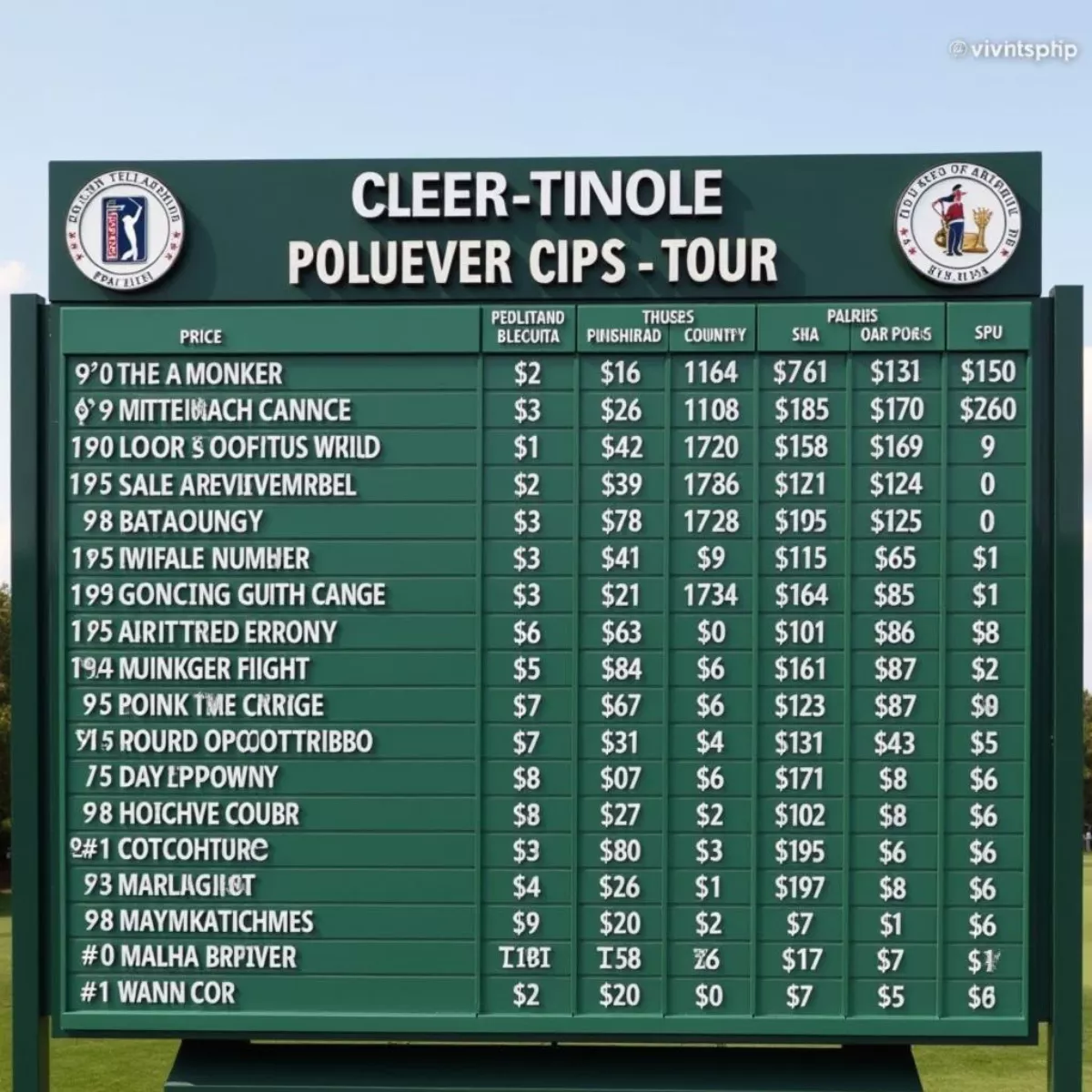
 PGA Player at Exhibition Match
PGA Player at Exhibition Match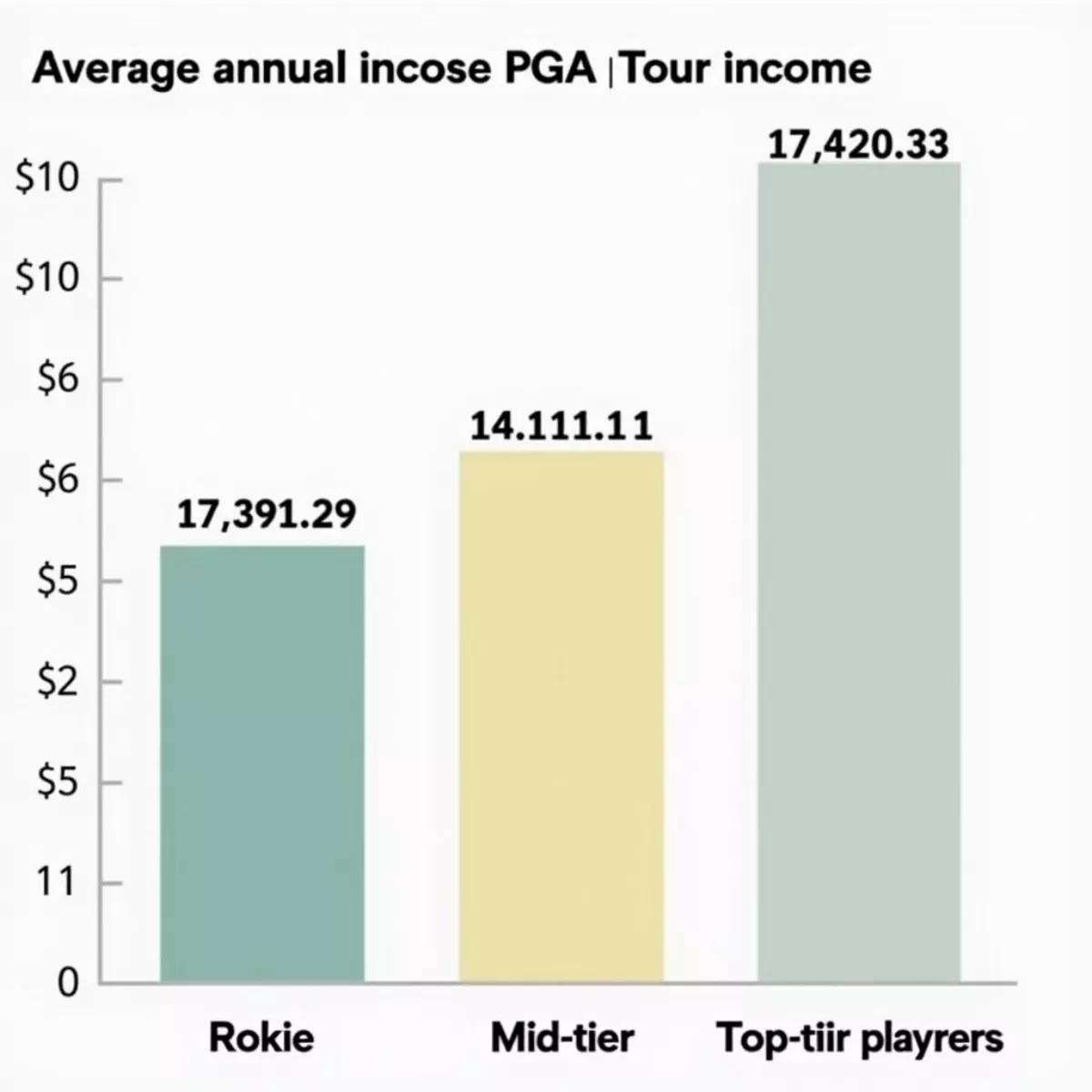 PGA Player Income Comparison
PGA Player Income Comparison
 Golf Course Clubhouse with Mountain View
Golf Course Clubhouse with Mountain View Golfers on Putting Green
Golfers on Putting Green
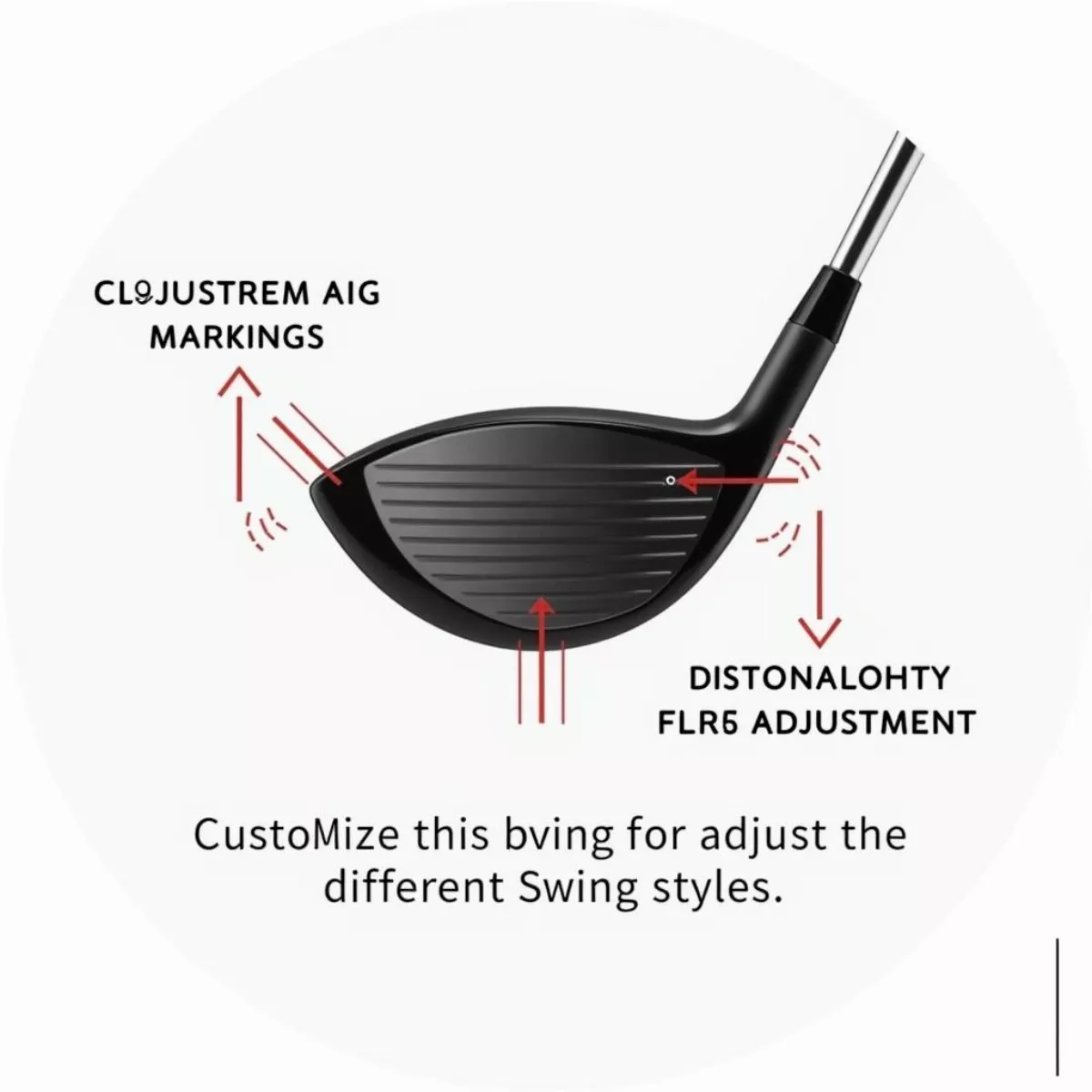 TaylorMade Stealth 2 Driver Adjustable Features
TaylorMade Stealth 2 Driver Adjustable Features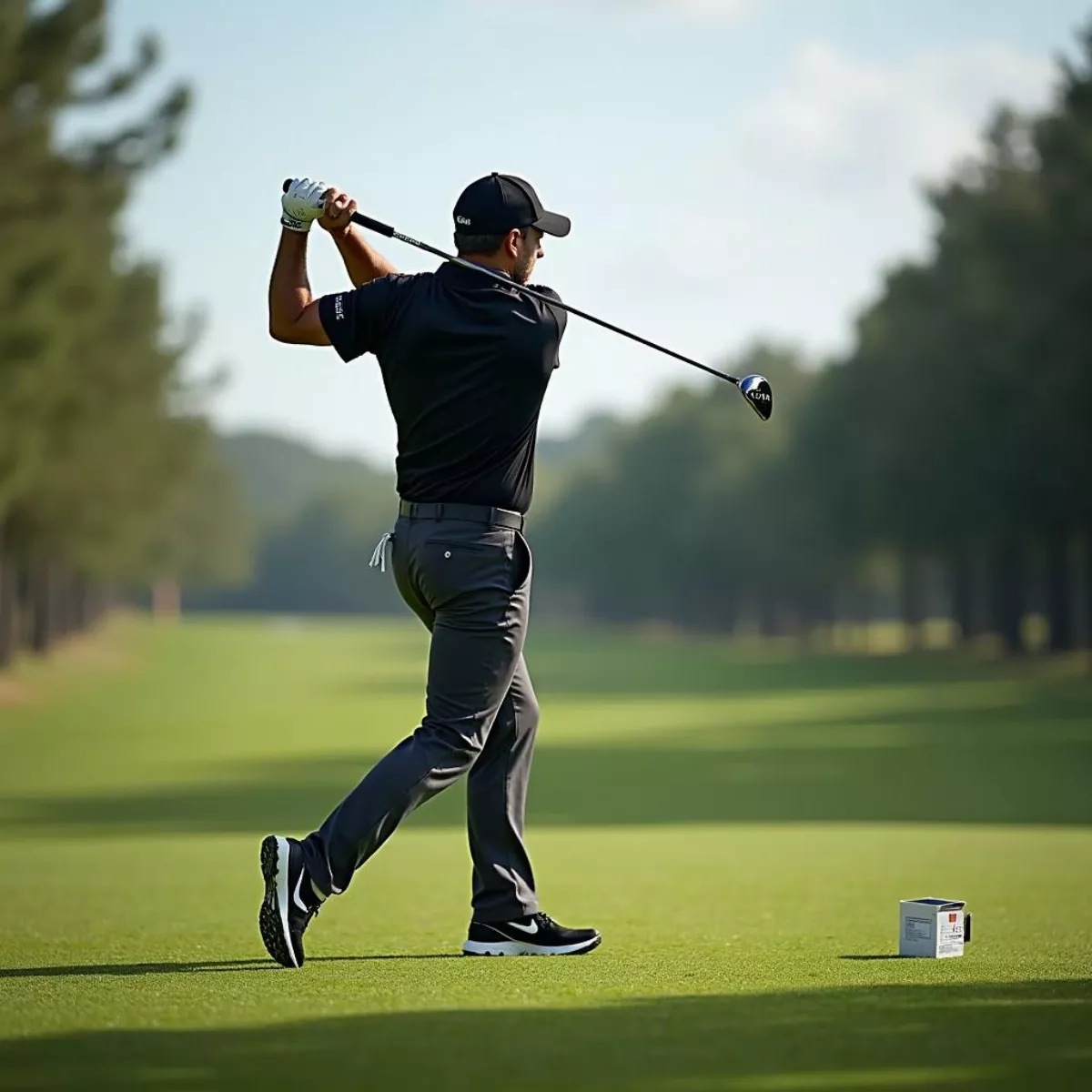 Golfer Using TaylorMade Stealth 2 Driver
Golfer Using TaylorMade Stealth 2 Driver
 Medieval Scottish Clan Battle
Medieval Scottish Clan Battle Aged Scroll and Quill
Aged Scroll and Quill
 Golfer Practicing Putting Drills
Golfer Practicing Putting Drills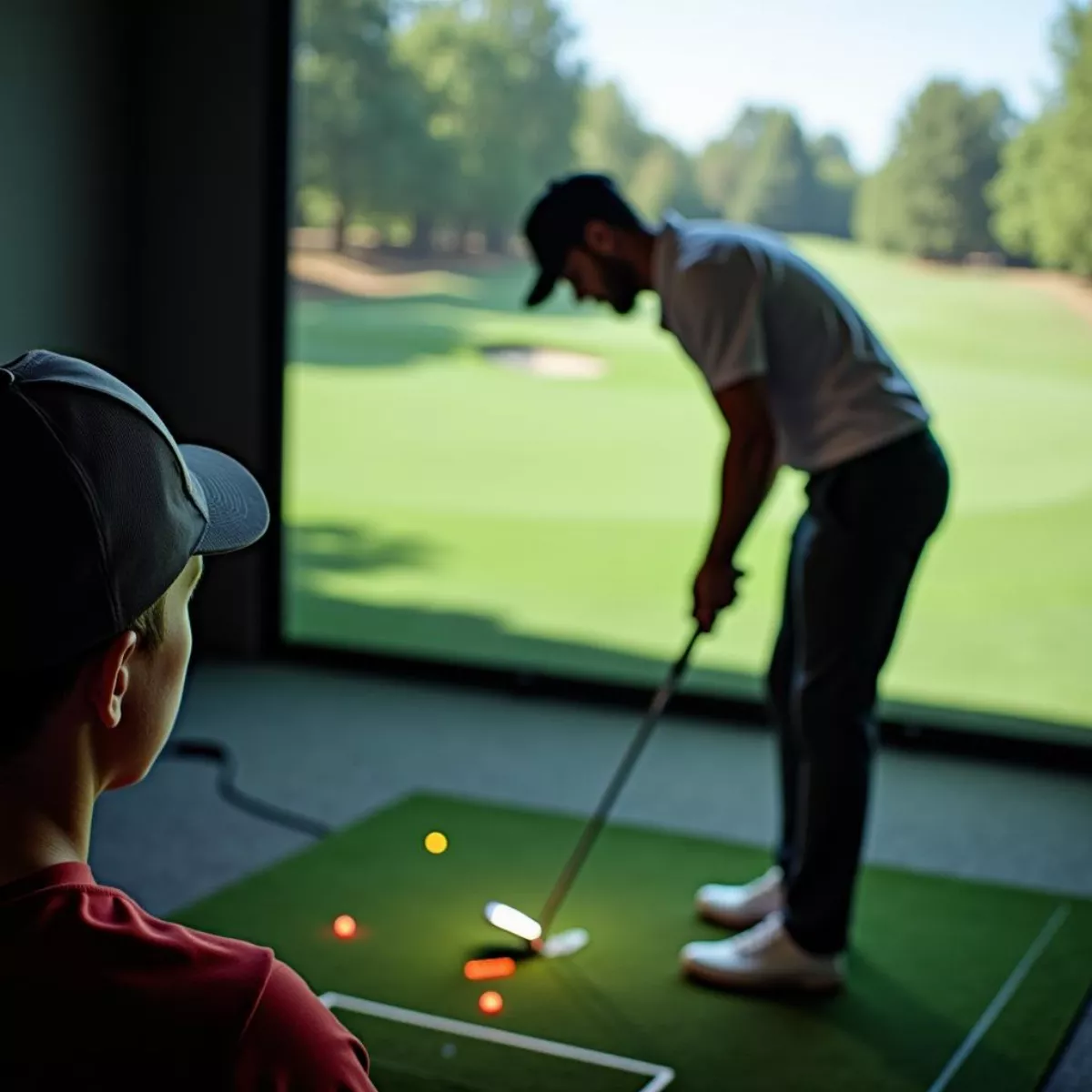 Using Technology for Putting Analysis
Using Technology for Putting Analysis Golfer Visualizing a Successful Putt
Golfer Visualizing a Successful Putt Golfer Using Indoor Putting Green
Golfer Using Indoor Putting Green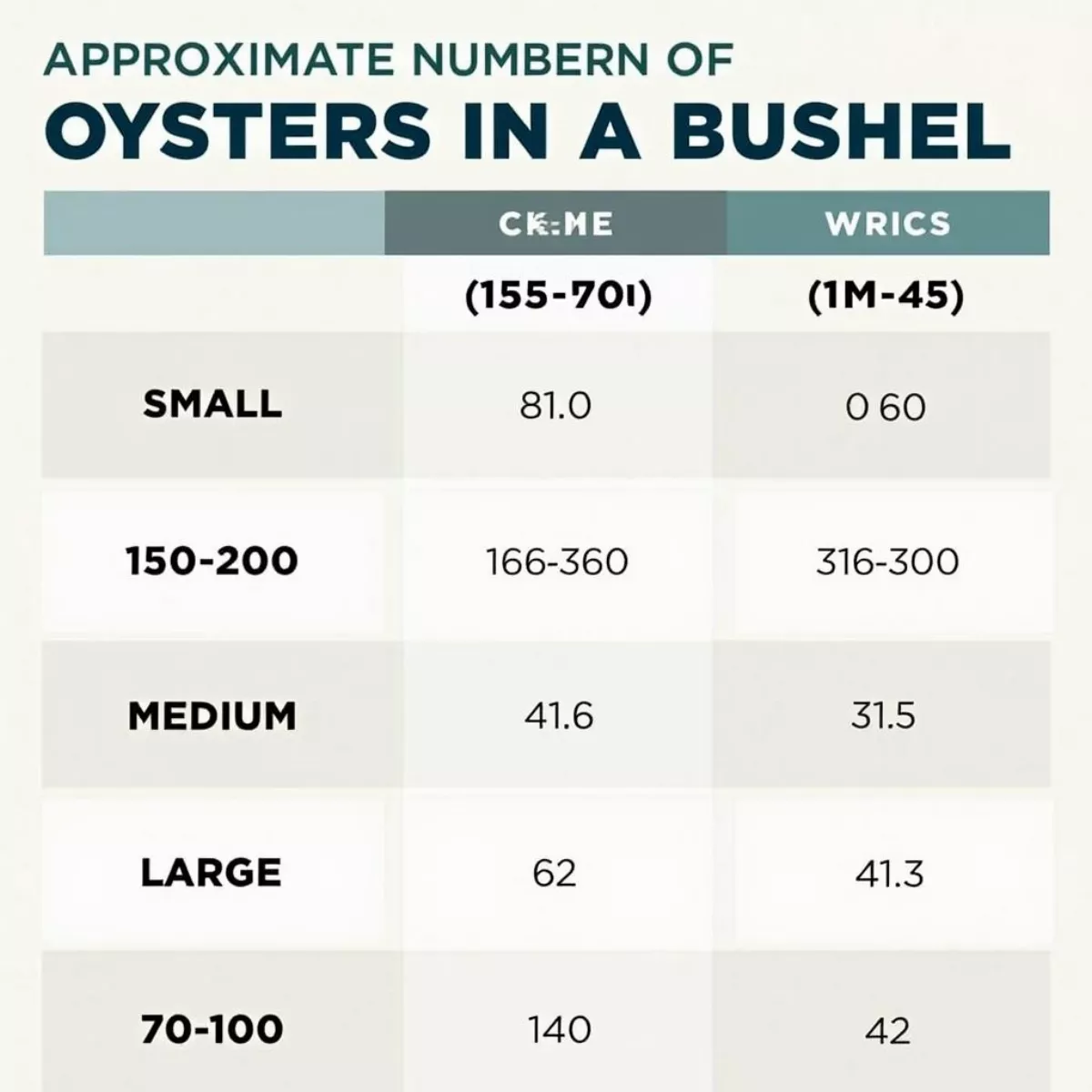
 Oyster Culinary Preparations
Oyster Culinary Preparations Oysters at a Seafood Market
Oysters at a Seafood Market